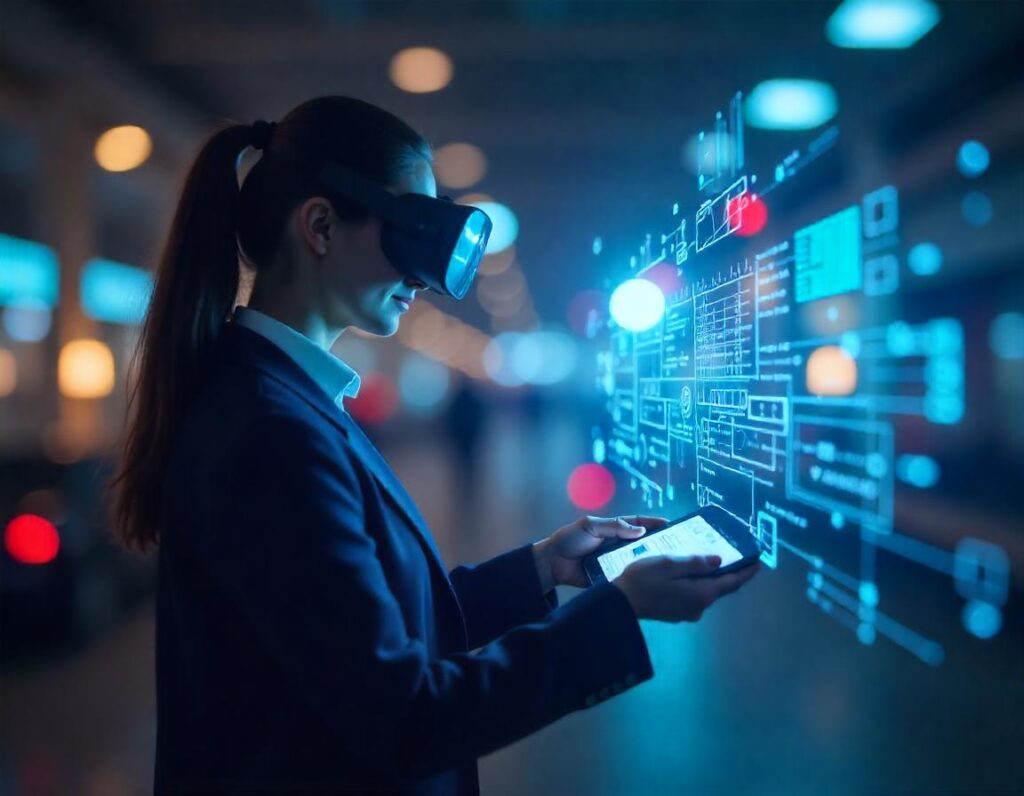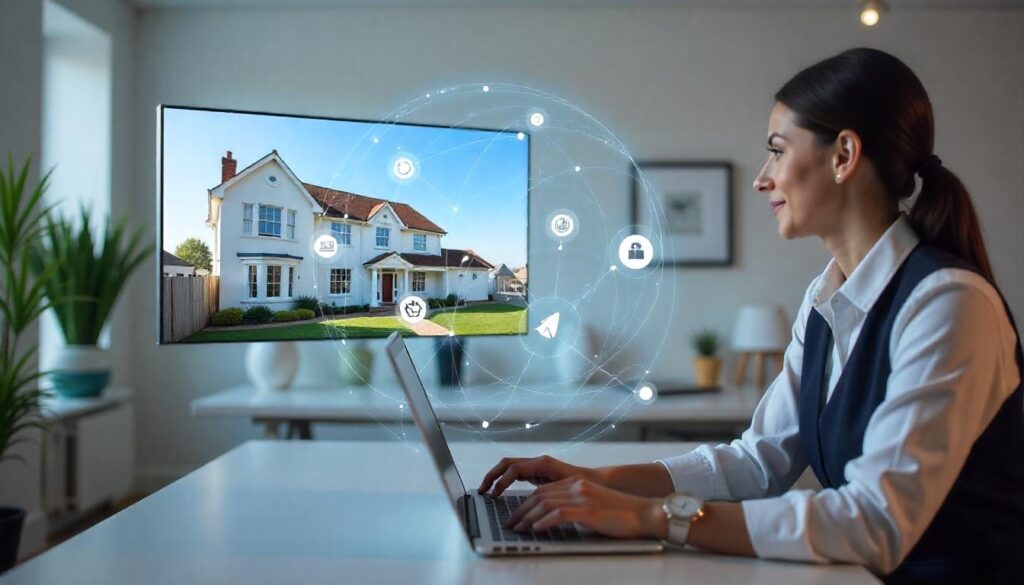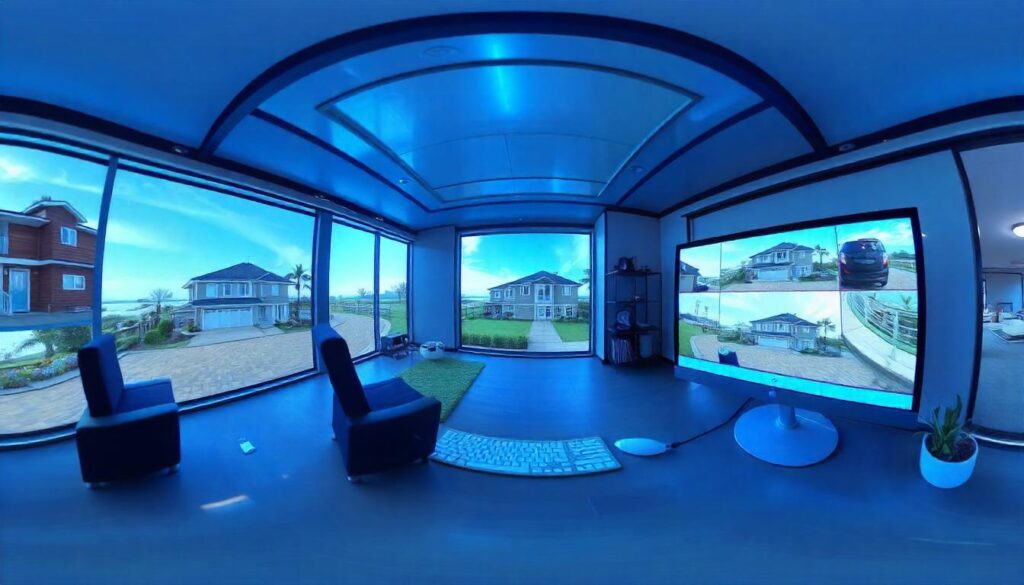What is Augmented Reality in 2025?
Augmented Reality overlays digital information—images, sounds, and other data—onto the real world through devices like smartphones, AR glasses, or headsets. Unlike virtual reality (VR), which immerses users in a completely digital environment, AR enhances the real-world experience by adding a digital layer.
The AR landscape in 2025 is defined by the integration of AI, 5G networks, and cutting-edge hardware. With the rise of lightweight AR wearables and apps, AR has become more accessible than ever before.
Key AR Trends to Watch in 2025
- AR Glasses for Everyday Use
The launch of advanced AR glasses by tech giants like Apple, Google, and Microsoft has replaced traditional smartphones for many. These glasses provide hands-free navigation, real-time translations, and immersive video calls. - Healthcare Revolution
AR has revolutionized the healthcare sector. From virtual anatomy lessons for medical students to AR-guided surgeries, the technology has enhanced precision and reduced risks. - Immersive Shopping Experiences
E-commerce brands now use AR to let customers try on clothes, accessories, or even visualize furniture in their homes before purchasing. This has increased consumer confidence and reduced return rates. - Gaming and Entertainment
AR gaming has reached new heights, blending real-world settings with fantastical elements. Multiplayer AR games allow players to interact in shared augmented environments, creating unparalleled experiences. - AR in Education and Training
Schools and businesses use AR to make learning interactive. Virtual labs, historical reconstructions, and skill-training simulations are just a few examples of how AR is enhancing education and professional development.
How Businesses Can Leverage AR in 2025
- Marketing and Advertising
Brands are using AR to create engaging campaigns. AR filters on social media platforms like Instagram and TikTok allow users to interact with products in unique ways. - Retail Transformation
Brick-and-mortar stores use AR mirrors and displays to improve in-store experiences. This blend of physical and digital spaces is boosting foot traffic and sales. - Real Estate and Architecture
AR enables virtual walkthroughs of properties, allowing buyers to explore homes remotely. Architects use AR to visualize designs and collaborate with clients in real-time.
Challenges in AR Development
Despite its rapid growth, AR still faces challenges:
- Privacy Concerns: AR applications often collect and process significant amounts of user data, raising concerns about privacy and security.
- Hardware Costs: While AR wearables are becoming more affordable, high-end devices remain out of reach for many consumers.
- Content Creation: Developing AR experiences requires skilled professionals, which can be a barrier for small businesses.
The Future of AR Beyond 2025
As AR continues to evolve, integration with technologies like blockchain and quantum computing may unlock even more possibilities. From smart cities utilizing AR navigation to AR-powered social interactions, the future is promising.
For businesses, investing in AR now is crucial to staying competitive. Whether it’s through AR marketing, product design, or customer service, the opportunities are endless.




